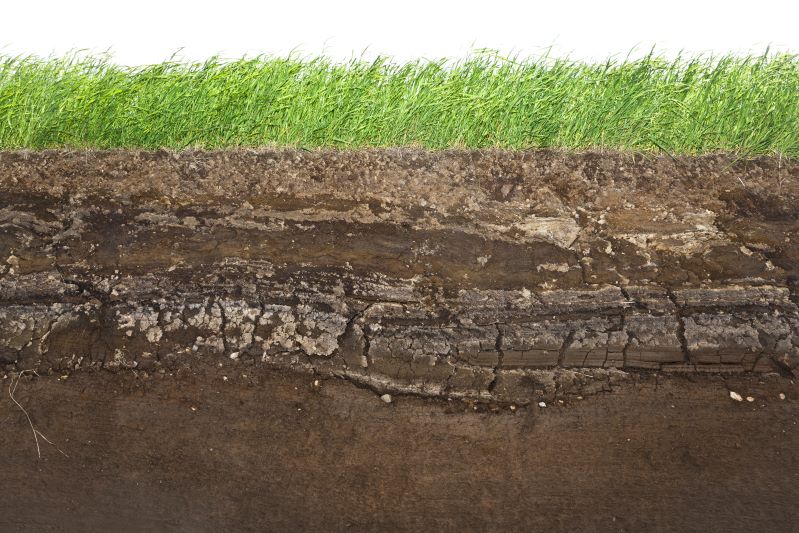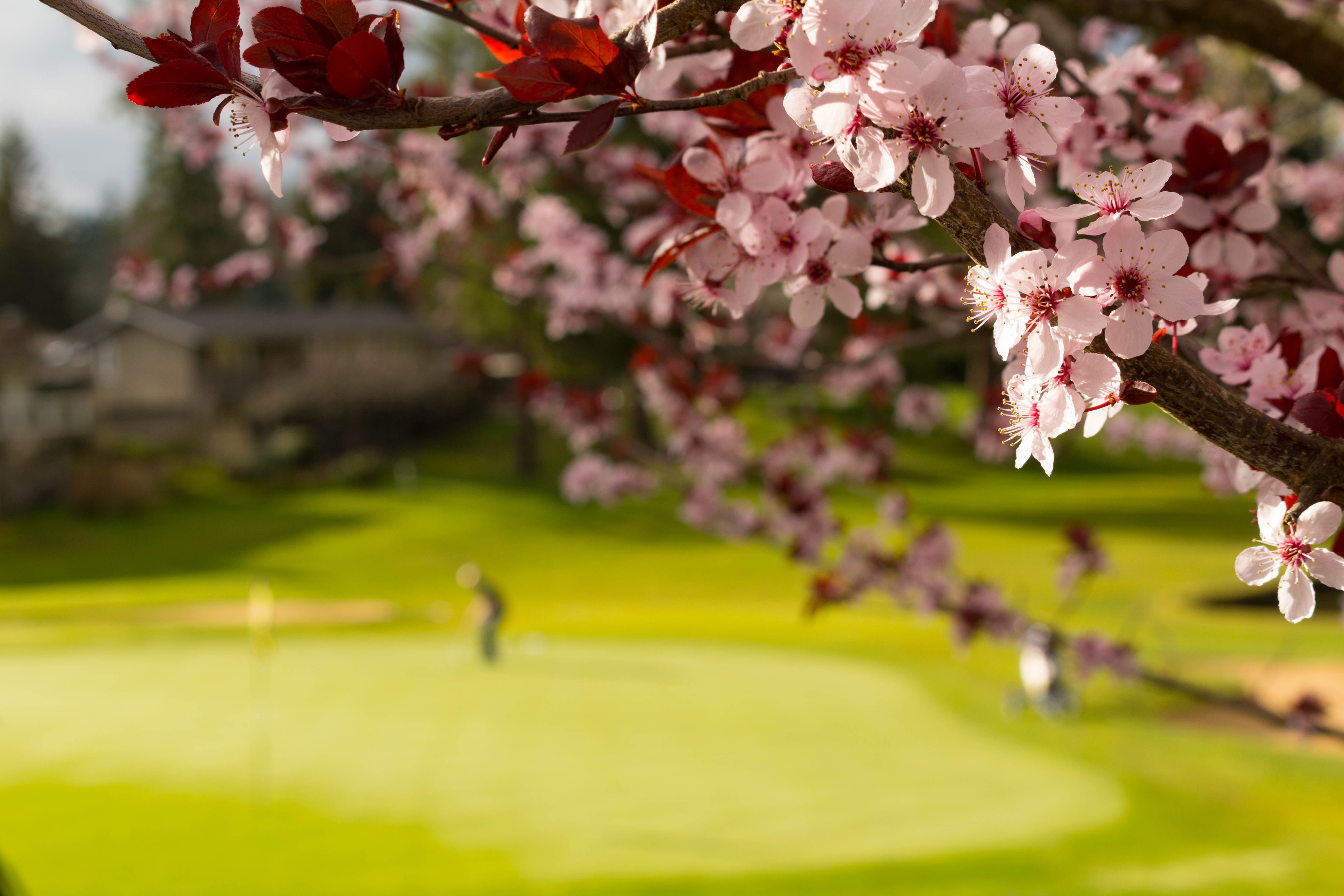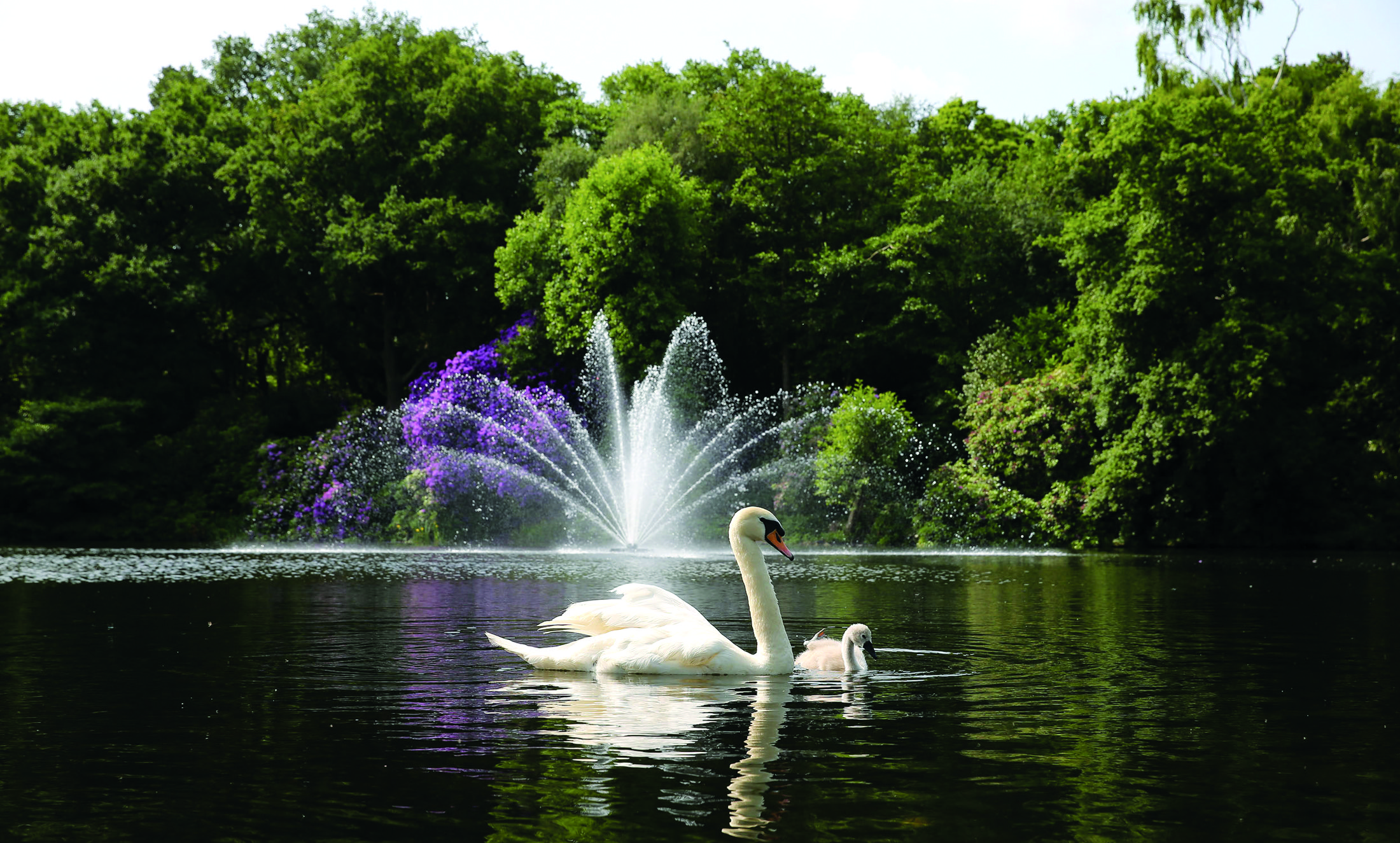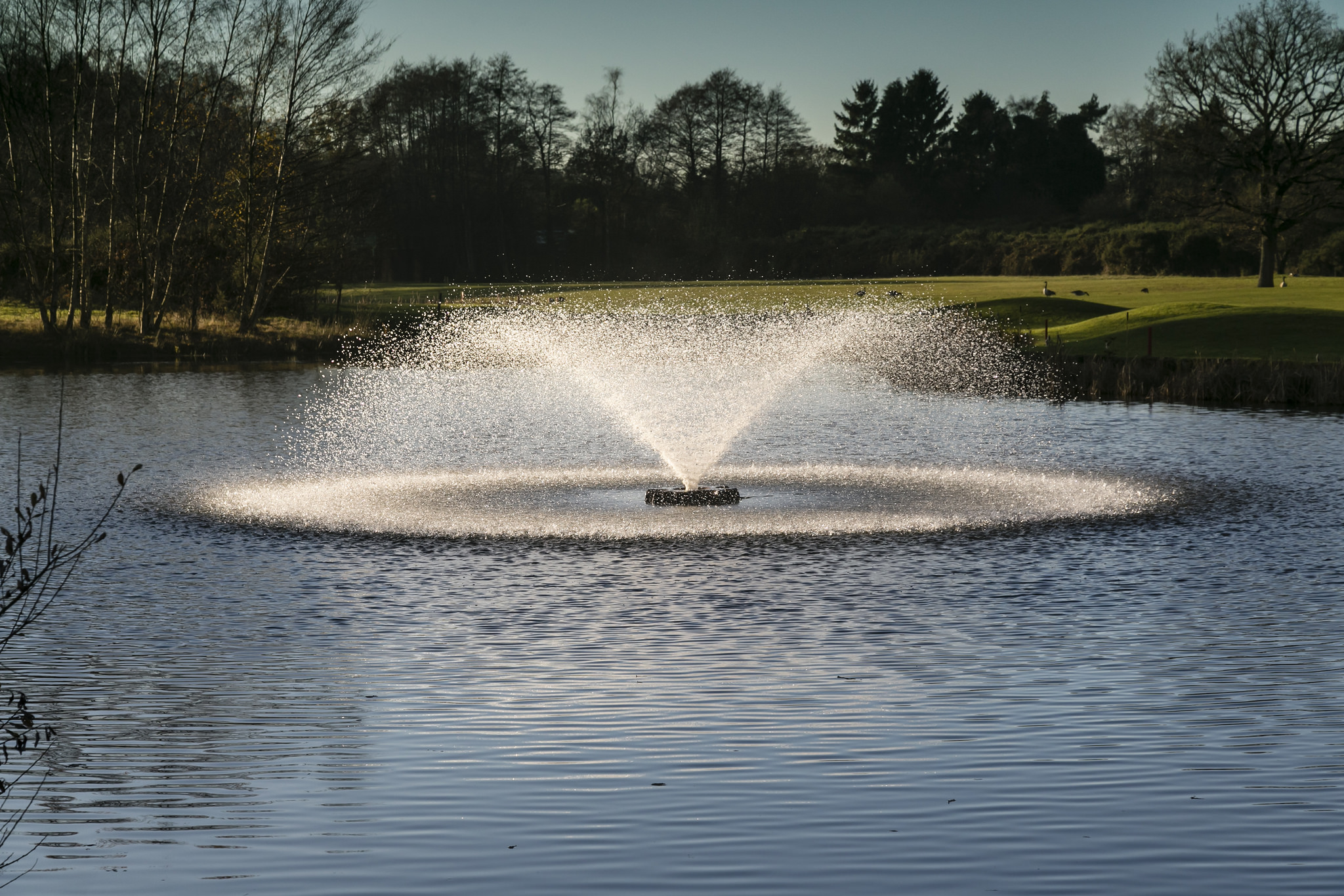- CONTACT US
- MOWERS
- VEHICLES
- APPLICATION
- Golf
- AERATORS
- VEHICLES
Back to Basics
CONTENTS
FEATURED STORIES

Rob Green
Senior technical support for Toro Irrigation
Reading time: 6 minutes
Inside Irrigation
Irrigation is a topic often left in the background. The result of this is when problems do arise, they can come on quickly, catch you out and won’t always have an obvious solution, meaning a contractor has to be brought in to rectify the issue. The aim of our training days and this article is to provide information that can be applied to all brands of irrigation equipment and advise on the best sprinkler configurations for different areas of a course. It’s time to strip everything back to the basics of sprinklers and hydraulics, and dispel a few irrigation myths in the process!
Rob Green is Reesink Turfcare's senior technical support for Toro Irrigation. The phrase – ‘industry stalwart’ – most certainly applies to Rob, with over a decade of experience installing, programming and maintaining irrigation systems and now training. It could be said that what Rob doesn't know about irrigation systems, their set up, best practice for maintenance, support and servicing isn't worth knowing!
Passionate about enabling course managers to develop a trained irrigation eye to implement preventative measures against potential problems or ably respond to existing ones, Rob has been instrumental in the design and delivery of two Turfcare Professionals Irrigation Training Days. Bringing the benefit of that content to the readers of Pitchcare, Rob shares his top tips to enable course managers to more confidently manage their irrigation systems and develop a degree of self-sufficiency.
From Rob:
The most common issue I come across on site visits is negligence. Too often an aging system has not been installed to a suitable standard or is no longer setup properly for the modified course it needs to irrigate. As a result, it is not performing properly: cables that aren't potted correctly, sprinklers that aren't set up properly, debris in the pipework from installation and incorrect data within the controller are all common situations. It’s why we always promote allocating the time and care needed for the installation of each and every system. For the supplier and installer you always oversee everything to ensure the standard of installation matches the quality of the product and in the process ensure clients don’t incur unnecessary operating costs and repair time.
When it comes to good housekeeping, quite often irrigation does not attract the same attention as the specialist machinery maintaining and cutting the grass. This is perhaps surprising given that other than the land and its bricks and mortar within, an irrigation system is likely the biggest asset you can own, a valuable piece of equipment essential in achieving the perfect playing surface.
When it comes to servicing, we most often come across problems with sprinkler set-up. Some find adjustments such as lifting the riser and adjusting the collar tricky, unfortunately they are, in the main, unavoidable as that’s just simply how the sprinkler is set up. However, a sprinkler with a racheting arc system makes setting up the arcs a lot easier so that’s a consideration worth making when it comes to which sprinklers you opt for.
But, not all the pressure is on the course manager to identify the issues. Good quality equipment can be relied upon to share the job. I highly recommend a system with the software capabilities of performing an automatic communication health check every time the system is operated. Any decoders not communicating are highlighted red on the course map and listed in the Daily Course Report for the course manager to review on arrival. Toro successfully designed this capability into its SitePro software many years ago and it’s changed very little since, and that’s thanks to its continued success – if it’s not broken don’t fix it!
Not only that, a system which can do end of line checks on its decoders without energising the coils and carry out solenoid tests to check coil functionality is also an incredibly useful functionality to have. An open case design future-proofs your investment, as it means sprinkler developments can be accommodated to fit within the existing sprinkler design.
My colleague Robert Jackson has mentioned Leeds Rhinos in previous articles. That’s because it provides a classic example of how software gives the management team the power to make big-impact, long-lasting decisions. Having access to detailed and comprehensive information on all aspects of the pitch and its irrigation programmes, to monitor water, energy and other inputs and based on the findings introduces a more sustainable way to manage the pitch.
Computer-based software such as Leeds Rhinos’ Toro Lynx is coupled to wireless soil sensors beneath the surface enabling effective planning and real-time adjustments to benefit plant health, playing surface conditions and to sync with other turf management regimes. The operator can pause, stop or reflow the system dependent on the weather conditions such as wind speed and rainfall, or in the event of a pump going down, mid irrigation cycle. Lynx works in conjunction with Grundfos, Flowtronix and Watertronics pump sets, all are compatible and all deliver outstanding results.
I’ve noticed users are sometimes hesitant to meddle with their irrigation systems due to an uncertainty over the outcome of any changes made. Unfortunately, this tends to lead to a reactive (as opposed to proactive) mindset, if or when an issue occurs. The two outdoor sessions on the irrigation training day I co-presented with my colleague Cevan Edwards brought a fully operating sprinkler system above ground. By having the whole sprinkler on display we were able to clearly demonstrate best operating practice, show what potential faults look like, and help people identify and deal with these problems in a proactive manner.
For example, this allowed us to point out the hydraulic tubing which is fitted to the outside of the Toro Infinity sprinkler body, and is attached to all sprinklers below ground and away from damage. The gear drives of the Flex and Infinity sprinklers which are all lubricated with water rather than oil were highlighted, as was the cable joint between the lateral signal cable and decoder input which is inside the enclosure. This not only provides a fundamental understanding of all aspects of irrigation, but dispels any pre-existing assumptions of how some sprinklers operate.
A big part of my role is faultfinding within existing systems, as well as providing advice on in-house maintenance. Things such as replacing old greased filled crimps for new 3m DBY/R units, routinely checking controller data matches sprinkler set up in the field and inspecting arcs to confirm application area is correct and that service earth points are always secure are easy to do and make a big difference, instantly.
In conclusion, any concerns are best tackled by asking for a demonstration. Many things including two wire testing can be illustrated, as well as identifying the pressure regulation valve (PRV) on the side of the sprinkler. Having four fixed settings, as in the case of an Infinity sprinkler, avoids any miscalculations when measuring head and nozzle pressure, and allows for accurate precipitation data to be calculated.
The irrigation training days open up the lines of communication when it comes to irrigation. We plan to use them further to show end-users how equipment can be made to last longer, do a better job, and reduce operating costs. In the meantime, for anyone wanting to talk more about their own irrigation system, Reesink can be contacted via info@reesinkturfcare.co.uk
Reesink UK LTD | 1-3 Station Road, St Neots PE19 1QF | Registered in England
Reesink UK LTD is authorised and regulated by the Financial Conduct Authority.







































































